Pandemics? Depressions? World wars? Mount Holyoke persists.
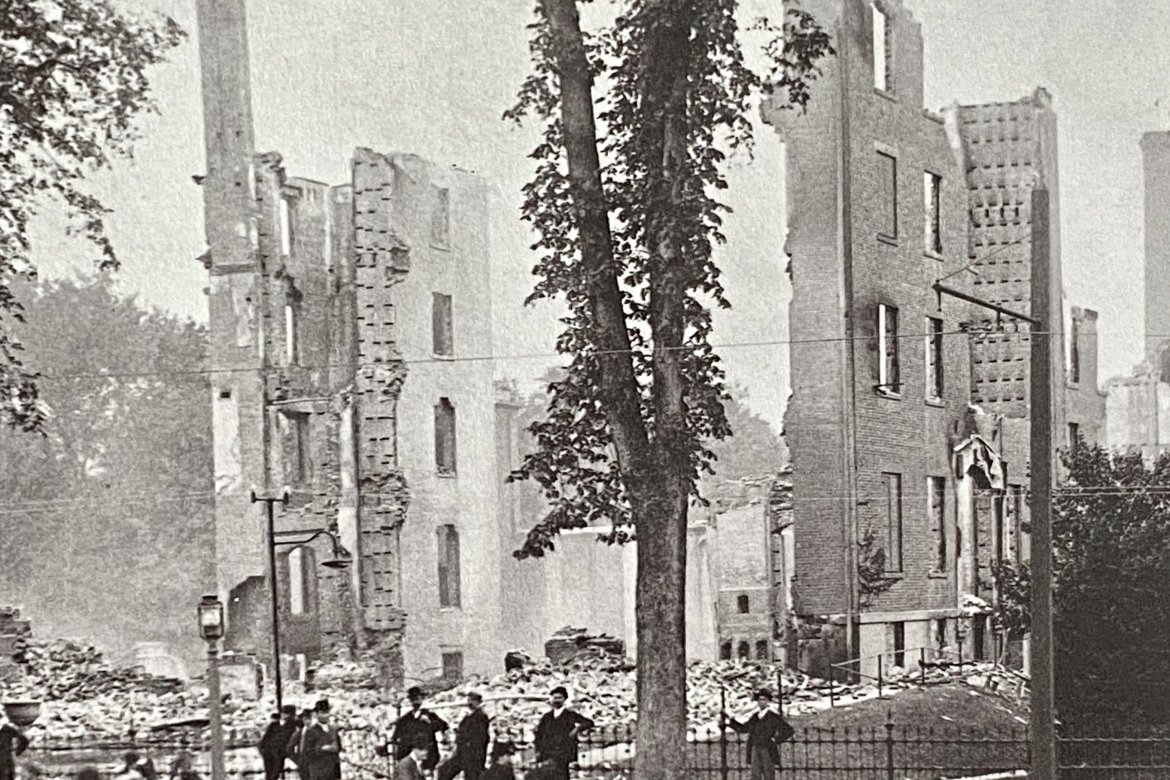
Leslie Fields, head of Archives and Special Collections discsses how the College has dealt with some of the momentous challenges it has faced in the past.
Pandemics? Depressions? World wars? Mount Holyoke persists.
The global COVID-19 pandemic has presented profound challenges, both on the Mount Holyoke College campus and around the world. Leslie Fields, head of Archives and Special Collections, spoke with Kevin McCaffrey about how the College has dealt with some of the momentous challenges it has faced in the past.
What was the first significant challenge Mount Holyoke faced?
The very opening of Mount Holyoke in 1837 was a challenge. Mary Lyon’s vision of providing women with a collegiate-level education in rural western Massachusetts came at a time when it was still debatable whether women should be, or could be, educated at all. Not only that, the United States was in the throes of a severe economic crisis known as the Panic of 1837. Mount Holyoke was built and students and teachers arrived despite these difficult conditions because of the persuasive power of Mary Lyon and the financial support of people, including many generous women, who believed in her vision for educated women
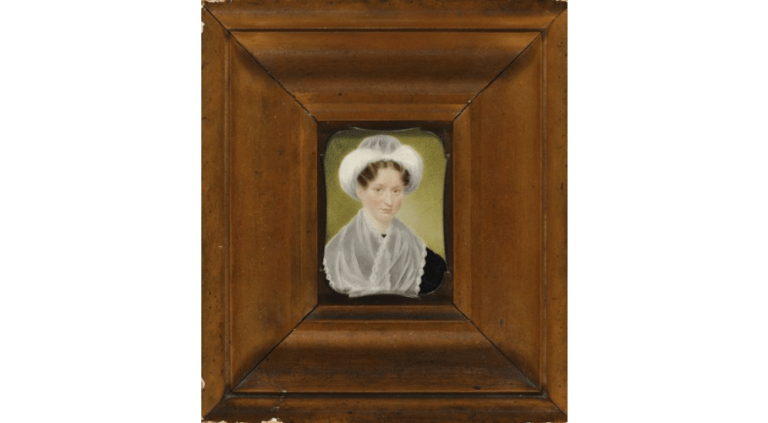
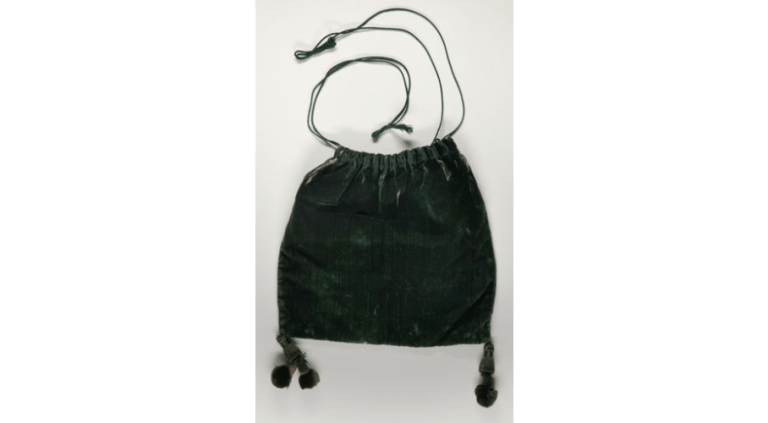
When was the entire campus nearly destroyed in a fire?
The 1896 fire broke out in the boiler room under the gymnasium, and the seminary building — where classes were held and students and teachers lived — was totally destroyed. President Elizabeth Mead wrote to the trustees, “We learned that evening that all the towns-people were our friends. They opened their doors to the homeless, and before nine o’clock every student was provided with shelter for the night. … There was but one thing to do, to go forward.”
Classes met two days later as usual, and alumnae and generous donors, including John D. Rockefeller, provided funds to not only rebuild but to expand. Just two years later, an extensive building program was completed that included Mary Lyon Hall, Brigham Hall, Porter Hall, Pearsons Hall and more.
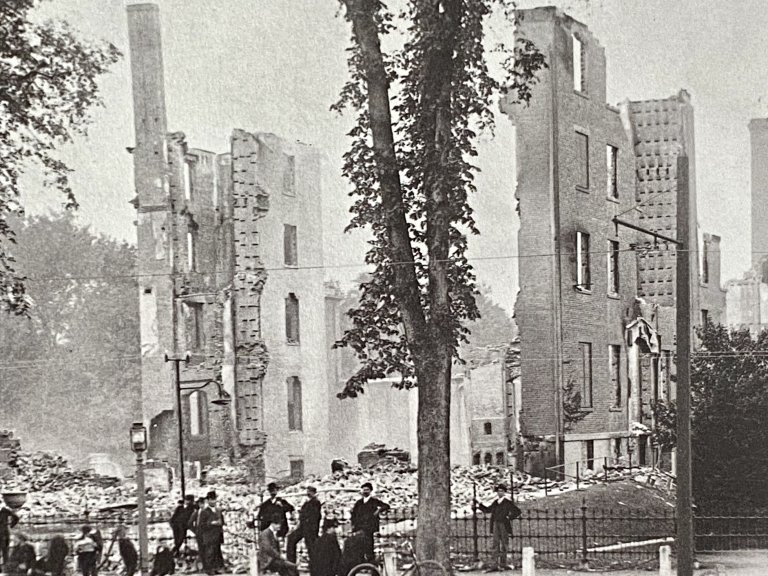
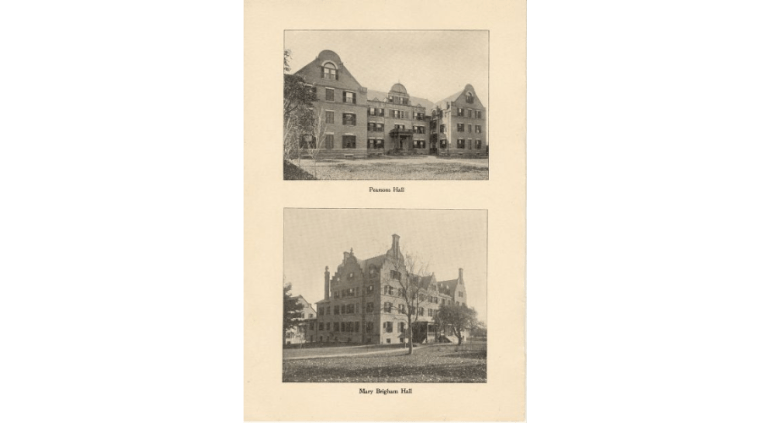
What was life like on campus during the influenza pandemic of 1918?
In the fall of 1918, 25% of the 864 students became ill with influenza during the international pandemic. The administration closed the campus, though classes and even Mountain Day went forward as usual.
The College infirmary did not have enough beds for the sick, so Professor Henrietta Hooker’s house on Park Street and then Brigham Hall were converted into overflow infirmaries. The records of the College physician, Dr. Elizabeth Underhill, indicate that the last diagnosed case was on October 10. But the community remained under strict quarantine until early November for fear of a renewed outbreak. Sadly one student died during this time, a first-year named Elizabeth Smith, class of 1922, from southeastern Pennsylvania.

How did Mount Holyoke respond to other health crises?
Mount Holyoke dealt with polio on a number of occasions. In 1916, the opening of the College’s fall semester was delayed by two weeks due to an outbreak of infantile paralysis and Founder’s Day activities were canceled. A similar outbreak occurred in 1931, delaying the beginning of classes until October 13.
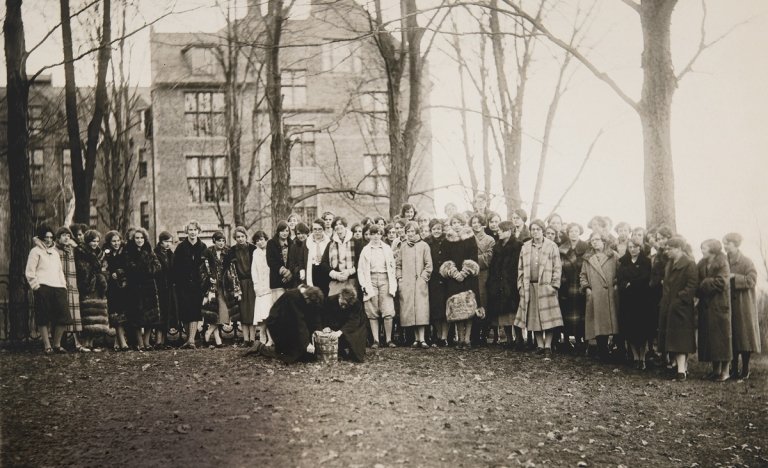
How did the College and students respond to some of the global challenges?
Projected food shortages during World War I led to the proposal that some College land should be converted to a farm on which groups of students would work. They were dubbed “farmerettes.” In 1917, 14 acres were plowed under and the following summer 15 additional acres were developed.
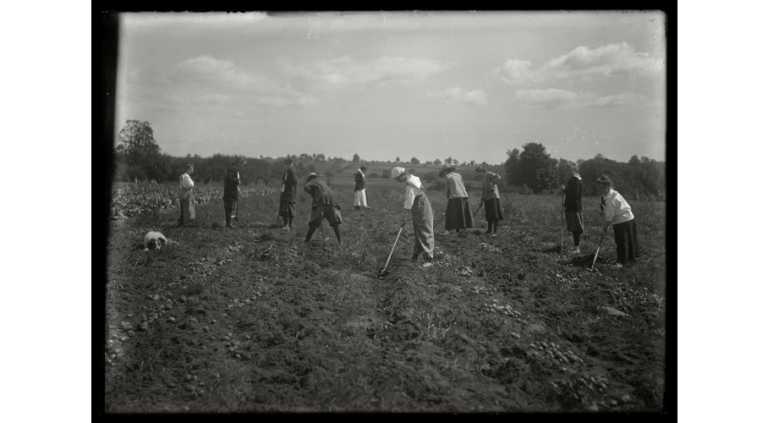
Students also worked at local farms, which were facing a shortage of men due to military service.
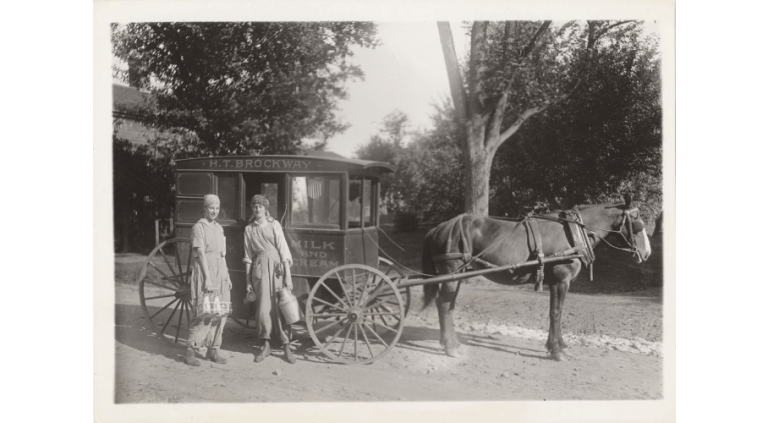
During World War II, in the summer of 1942, two College residences were turned over to an industrial war training program that prepared young high school graduates for factory work. Rockefeller Hall became known as “S.S. Rocky,” housing a school for communications officers of the WAVES — Women Accepted for Volunteer Emergency Service, a unit of the U.S. Naval Reserve — between 1942 and 1944. Also sharing the campus were the Marine Corps Women’s Reserve.
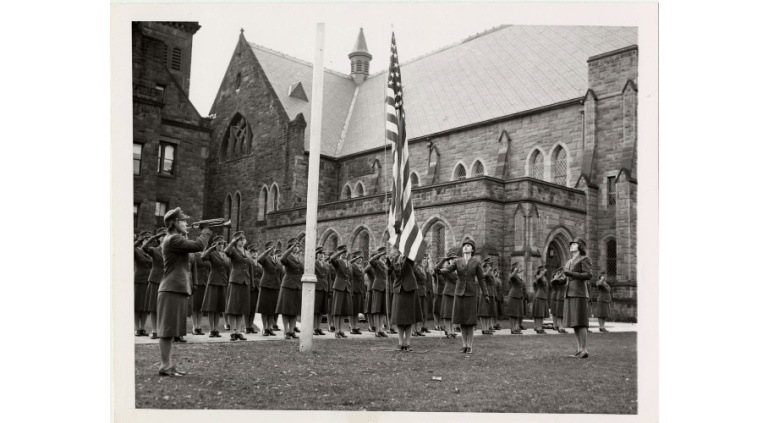
Mount Holyoke volunteered to take several student-aged Japanese-Americans who had been forced, along with their families, into what are often called internment camps — prison camps for American citizens of Japanese descent. Hattie Kawahara, class of 1943, was one of these students. With help from the American Friends Service Committee, she was released from a prison camp in Idaho and continued her education with bachelor’s and master’s degrees in political science from Mount Holyoke.
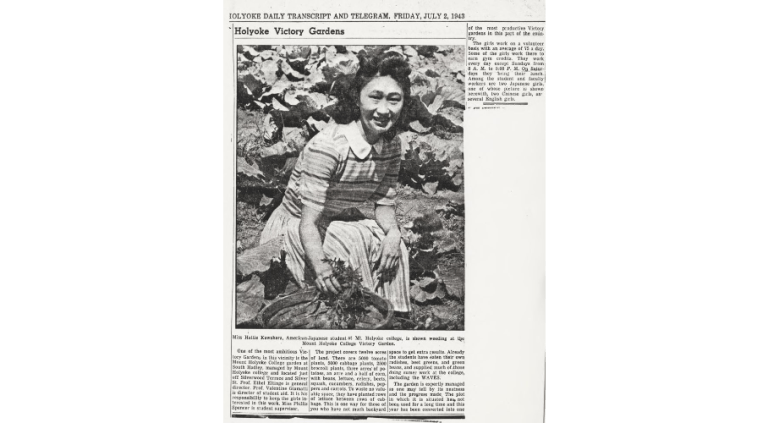
The world is currently facing an economic downturn. How did the College weather the Great Depression?
Mount Holyoke helped students to stay in college during the Depression through a variety of means, including cooperative houses, remission of student fees, emergency student scholarship funds and campus jobs. The trustees also approved the installation of new oil heating systems in all buildings owned by the College for an annual savings in the cost of fuel. An ambitious building program was curtailed, but a significant addition to the library in 1935 and the transformation of Abbey Memorial Chapel made a strong statement of confidence about the future of the College.
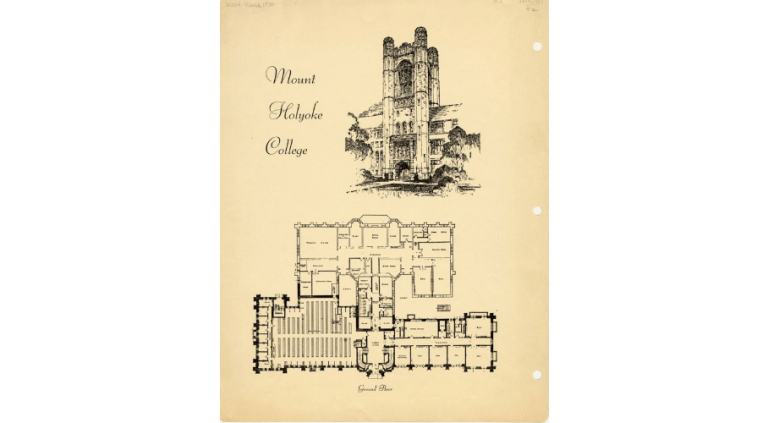
As an archivist I believe that history matters, historical context matters and individual stories matter. In these times of uncertainty, I hope the enduring resources of Archives and Special Collections can serve as a sustaining and reassuring force that Mount Holyoke “forever shall be.”